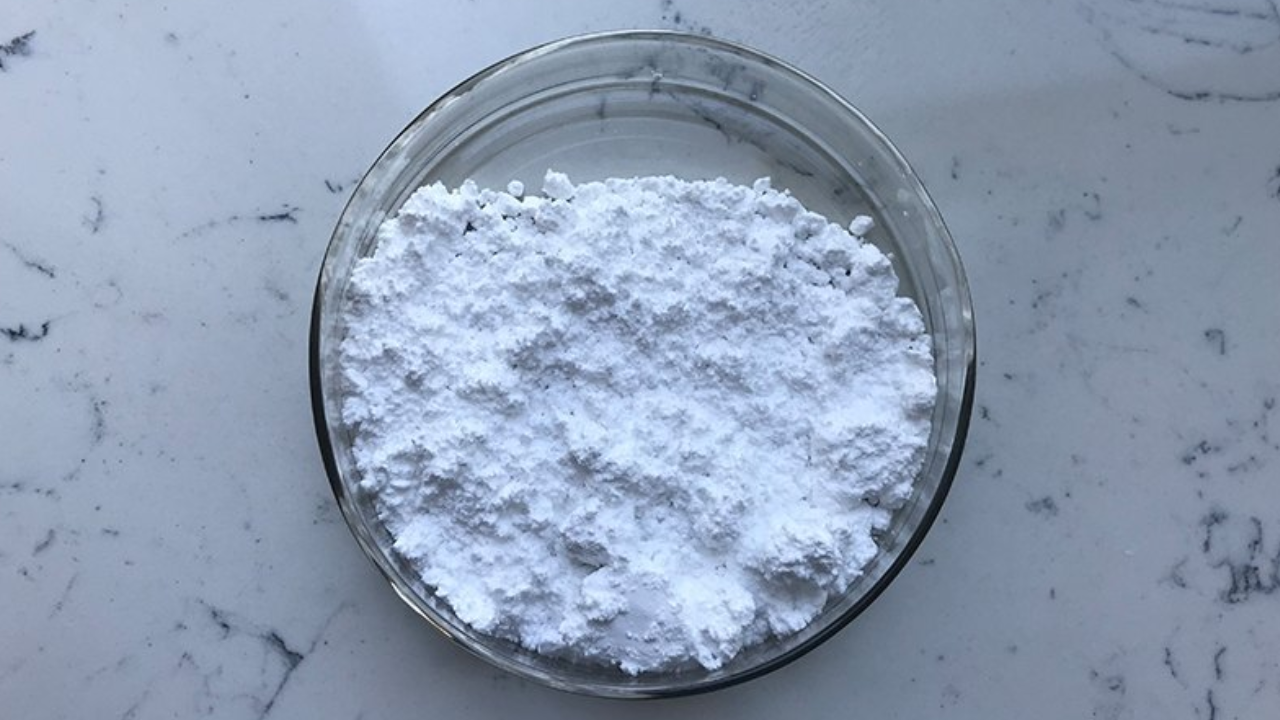Safety in a glutathione factory is paramount due to the complicated nature of its production strategies and the potential hazards related to chemical handling and production gadgets. Glutathione, an important antioxidant utilized in diverse pharmaceutical and beauty merchandise, calls for particular coping with chemical substances and rigorous first-class control measures to ensure product efficacy and safety for clients.
The significance of safety in one of these facilities cannot be overstated. Workers engaged in the manufacturing of glutathione are exposed to numerous dangers, such as chemical exposures, ergonomic traces, and capability gadget-related injuries. Ensuring their safety via comprehensive education, right equipment utilization, and adherence to stringent protection protocols isn’t always just a regulatory requirement but also an ethical obligation of the manufacturing unit control.
Furthermore, keeping high protection standards complements operational efficiency and reduces the chance of accidents or production delays. A safe operating environment in a glutathione factory fosters employee morale, productivity, and retention. It additionally safeguards the recognition of the organization by making sure that products meet regulatory requirements and customer expectations for satisfaction and protection.
Safety Standards for a Glutathione Factory
This article outlines the critical safety requirements for a glutathione factory.
Regulatory Compliance
Glutathione production has to adhere to stringent nearby, national, and worldwide rules, inclusive of those set by the FDA (Food and Drug Administration). Compliance with accurate manufacturing practices is critical to ensuring product protection and satisfaction. Everyday audits and certifications from diagnosed bodies, which include ISO (Worldwide Organization for Standardization), offer a warranty of adherence to protection norms and regulatory requirements, preserving excessive protection and the best benchmarks in production.
Workplace Safety
Ensuring workplace protection entails complete education for employees on safety protocols, system operation, and emergency techniques. Supplying suitable personal shielding devices, such as gloves, goggles, and respirators, is important. Ordinary ergonomic checks and changes help save you from musculoskeletal problems. Setting up clean protection methods and conducting ordinary protection drills maintain a high level of safety recognition. A strong safety lifestyle, supported by the control and body of workers, is vital for preventing injuries and accidents.
Chemical Handling and Storage
Every chemical needs to have a handy material safety facts sheet detailing properties, risks, and safe management. The right storage includes specific, classified regions with segregation based on chemical compatibility and powerful containment measures. Managing strategies have to be absolutely described in well-known operating methods (SOPs), and people need to learn to follow those strictly. Good enough ventilation, safety showers, and eyewash stations are critical for safe chemical handling.
Equipment Maintenance
Recurring inspections and preventive maintenance of devices ensure safe and efficient operation. Everyday calibration and validation of instruments assure accuracy and reliability. Enforcing a preventive maintenance timetable facilitates recognizing ability troubles before they cause failures. Proper documentation of upkeep activities and the immediate addressing of any detected faults are essential for maintaining a safe production environment.
Environmental Safety
The right waste management and disposal of hazardous substances are critical to preventing environmental infection. Implementing emission controls, including scrubbers and filters, reduces pollution released into the air. Factories must adhere to regulations governing waste treatment and recycling. A sturdy spill reaction plan, inclusive of employee education and readily available spill kits, ensures effective containment and cleanup of any accidental releases, shielding the environment and people.
Emergency Preparedness
Emergency preparedness protects against situations like chemical spills, fires, and clinical emergencies. Regular drills and education ensure personnel are prepared to reply effectively. On-site first resource stations and medical facilities prepared to handle emergencies are essential. Clean evacuation routes and signage are essential for a brief and safe evacuation. Maintaining conversation channels for emergency notifications and coordination with neighborhood government’s further complement preparedness and response competencies.
Remarks
Safety requirements in a glutathione factory are multifaceted. Adherence to these requirements is critical to protecting workers, making sure products are excellent, and minimizing environmental effects. Non-stop schooling, ordinary audits, and a culture of safety are key components in accomplishing and preserving these standards. By prioritizing protection, glutathione producers can ensure a secure running environment and convey extraordinary merchandise that meets regulatory necessities and customer expectations.
